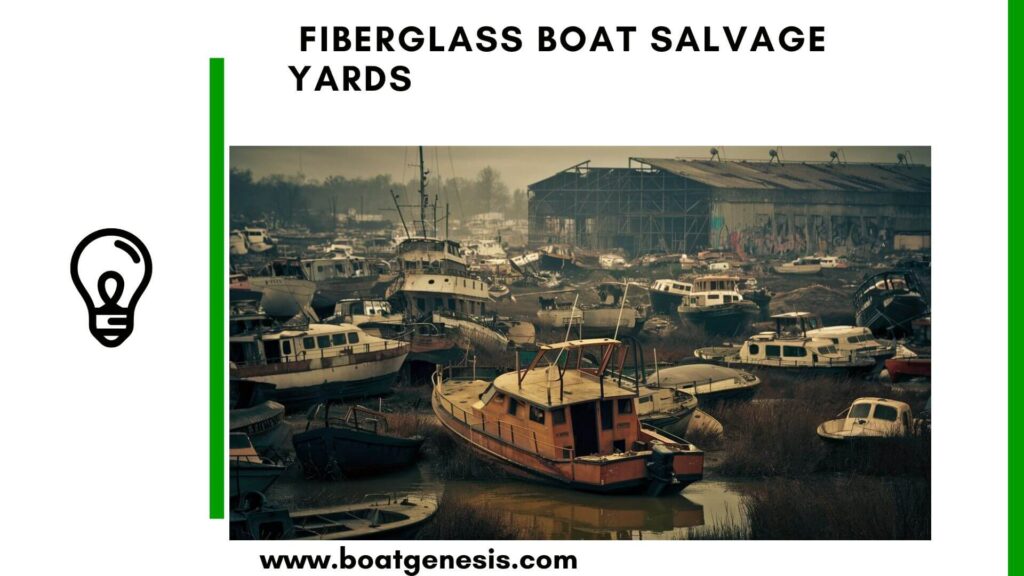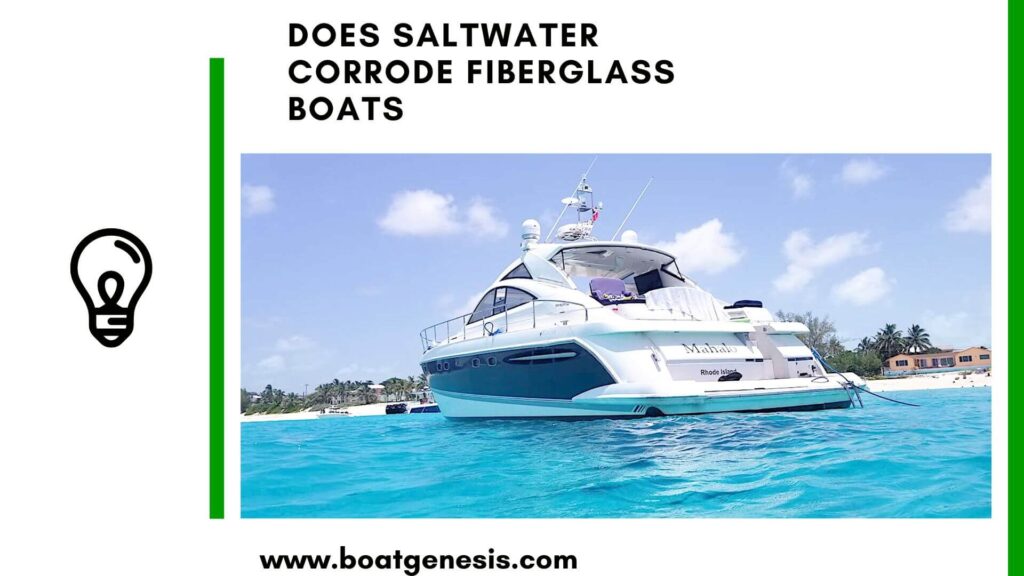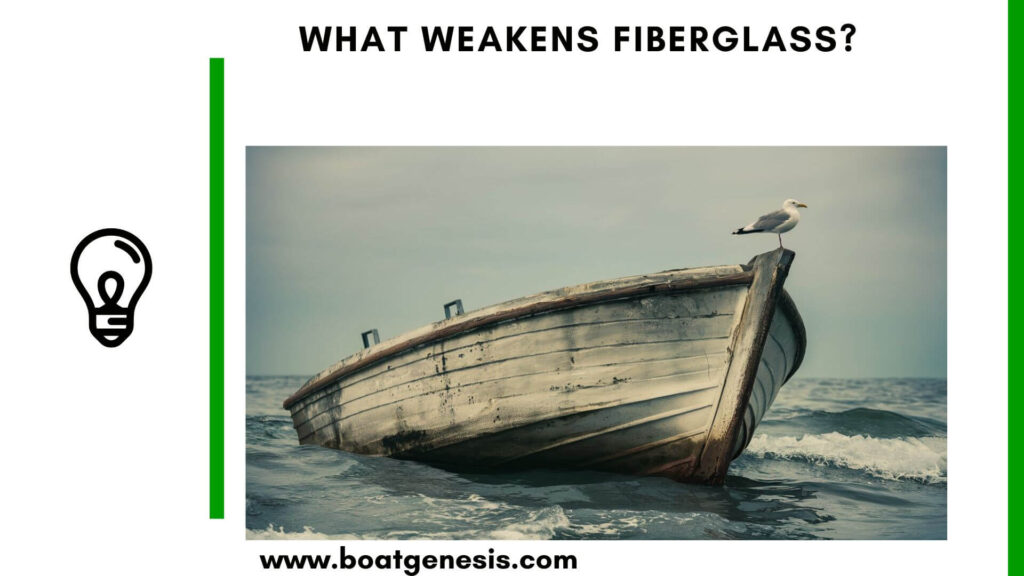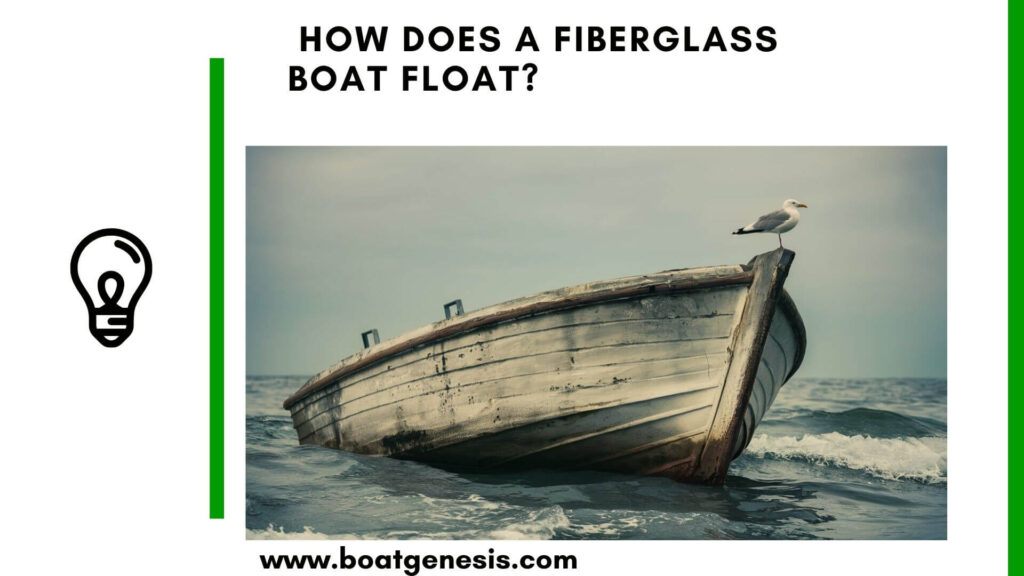Fiberglass boats are a staple in the marine industry, known for their durability and longevity. But what happens when these vessels reach the end of their voyages? Well, they enter the boat salvage yards.
These yards are not just boat graveyards; they are recycling hubs, parts suppliers, and a beacon for environmental responsibility.
In this article, you will learn everything there is to know about Fiberglass boat salvage yards.
Why Fiberglass Boat Salvage Yards?
Fiberglass boat salvage yards serve a crucial role in the lifecycle of a boat. When a fiberglass boat is no longer seaworthy, it can’t simply be left to decay and pollute our waterways.
Salvage yards provide a space where these boats can be stripped down, with reusable parts finding new life in other vessels, and the remaining materials handled responsibly.
However, it’s important to note that fiberglass isn’t a scrapable material, and many salvage yards cannot accept these parts. So, the focus is often on salvageable components like motors, electronics, and hardware.
==>> Also read: Repurpose old fiberglass boats
The Salvage Process
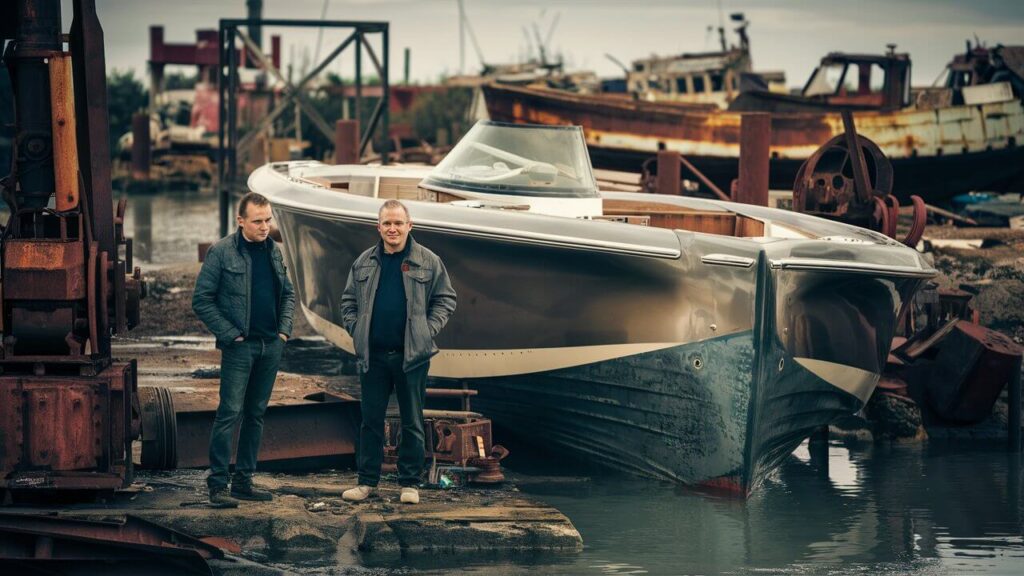
When a fiberglass boat arrives at a salvage yard, it’s assessed for any components that can be reused or sold.
High-demand items like propellers, navigation equipment, and even smaller fittings are removed and cataloged. The remaining fiberglass hull, unfortunately, presents a challenge.
Since fiberglass doesn’t decompose and isn’t easily recyclable, disposal must be handled with care.
Finding a Salvage Yard
Locating a fiberglass boat salvage yard can be as simple as a quick internet search or a glance at a boating community bulletin board.
Some regions have more options than others, with coastal areas typically boasting a higher concentration of salvage operations.
Benefits of Salvage Yards
Not only do salvage yards prevent unnecessary waste, but they also provide an affordable option for boat repairs and restorations.
By reusing parts from salvage yards, you can save money and contribute to a culture of sustainability within the boating community.
FAQ
While salvage yards have a vast array of parts, it’s not guaranteed they’ll have the specific component you need. Availability depends on recent acquisitions and the demand for certain parts. It’s always a good idea to call ahead and check if they have what you’re looking for.
Yes, most parts salvaged from these yards are reliable. They are typically inspected before being sold. However, it’s buyer beware – ensure you or a professional assess the part’s condition before purchasing.
Research is key. Look for reviews, ask for recommendations from fellow boaters, and check boating forums. A reputable yard will have a good standing in the boating community.
If the part you’re looking for isn’t available, ask the yard if they can notify you when it does come in. Many yards are happy to keep a wish list for customers. Alternatively, you can check with other yards or look for online forums where boaters may be selling parts.
It depends on the condition of your boat and the policies of the salvage yard. Some yards may accept your old boat for the parts they can resell. It’s best to contact them directly to discuss the potential for selling your boat.
Not necessarily. While many parts come from older boats, salvage yards sometimes receive nearly new boats that have been damaged or abandoned. It’s possible to find modern parts in great condition if you’re in the right place at the right time.
Yes, there are alternatives. Some boat owners opt for boat donation programs, where the boat is either refurbished and used or sold to support charitable causes. Others may choose to repurpose their boat, turning it into a unique garden feature or playground equipment. However, these options depend on the condition of the boat and the creativity of the owner.
Pricing can vary widely based on the part’s condition, rarity, and demand. Some yards may have set prices, while others might be open to negotiation. Don’t be afraid to haggle, but always be respectful of the value the yard provides.
In some cases, yes. Some yards sell boats that can be restored to a seaworthy condition. Keep in mind that these boats may require significant investment and labor to get back on the water.
Salvage yards can be gold mines for vintage parts. Boaters looking to restore classic vessels often turn to salvage yards to find authentic no longer manufactured components.
Plan ahead based on the size and weight of the part you’re purchasing. For small parts, a sturdy box or bag may suffice. For larger items, bring a trailer or arrange for delivery with the salvage yard.
Do your homework. Know the market value of the parts you’re seeking and compare prices with other yards or new parts. Ask questions about the part’s history and condition, and trust your instincts. A fair deal is one where both you and the salvage yard feel satisfied with the transaction.
By exploring the world of fiberglass boat salvage yards, you’re not only giving new life to old parts but also engaging with a community that values sustainability and the love of boating.
So set a course for your nearest yard and discover the riches that await in these maritime havens.

Founder of BoatGenesis, Warren has hands-on experience in fiberglass boat repairs, marine equipment testing, and powerboat building. Learn more about Warren.

